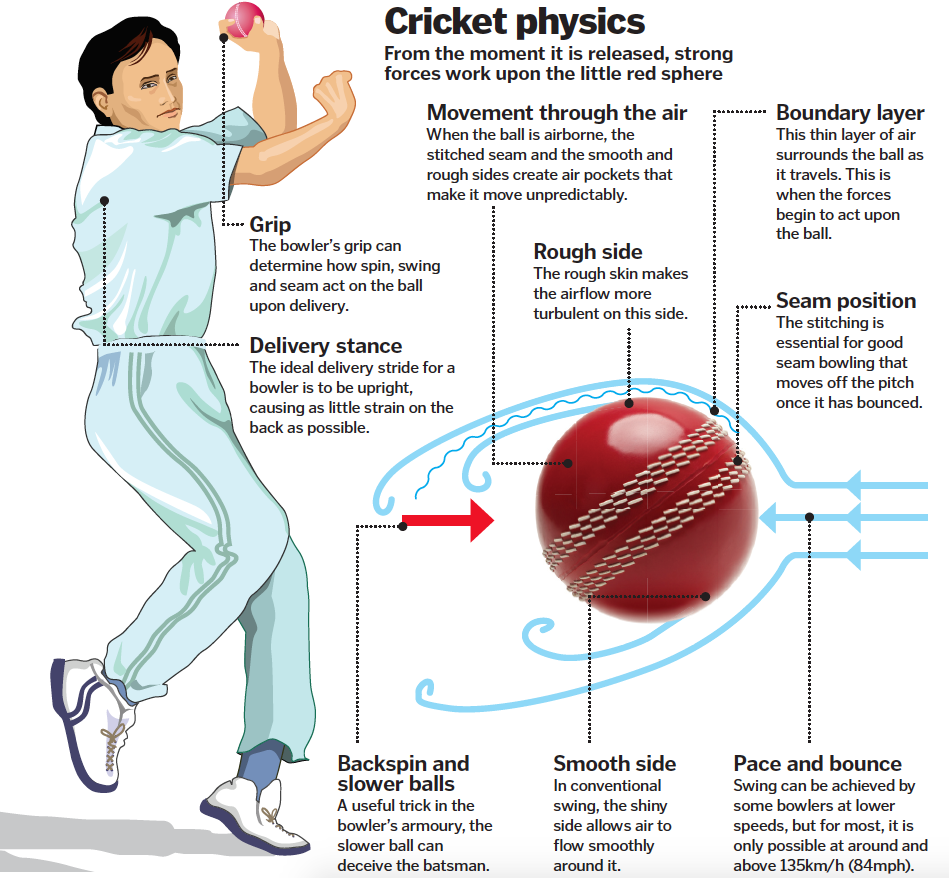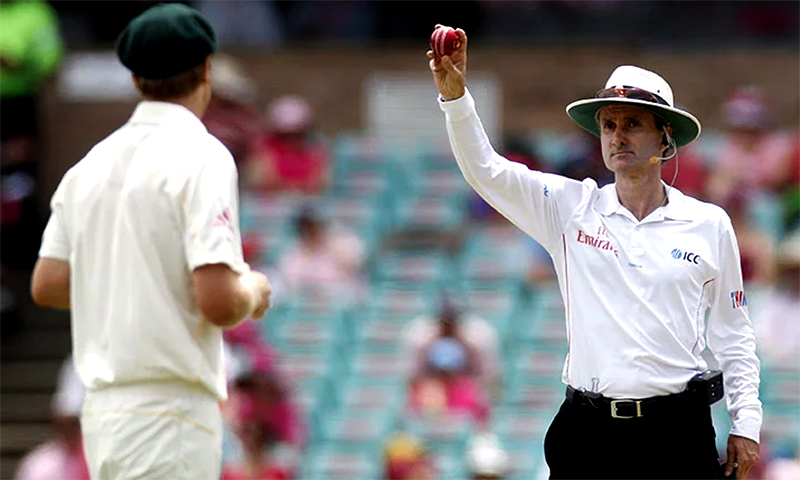Imagine if engineers are told to work without getting their tools in the shape, how will they get things done? The shining of a cricket ball is an absolutely important factor for a bowler, especially when it comes to red-ball cricket.
The ‘sandpaper controversy’, which resulted in a ban to three Australian cricketers, is a great example for us to understand the importance of shining a ball.
From the very beginning, the blokes with the ball have been using saliva and sweat to sparkle the one side of a ball. It in return makes it easy for them to swing the ball. Even spinners get help by taking advantage of the rough side.
However, with coronavirus pandemic having wreaked havoc all over the world, there are deliberations that the use of saliva and sweat to shine the ball might be banned to stop the spread of this deadly disease.
How will the bowlers survive if this happens? Let’s take a look. Before moving to this, we must understand why is it important to shine the ball?
Phenomenon Of shining The Cricket Ball
It is believed that after the introduction of leather-made cricket ball, the need of keeping the ball in shape worried cricketers. Then, with time, players would rub it with their trousers. This is when the need of getting the ball slightly wet, in order to sparkle the one side, was felt.

So, the fielding side started using sweat and saliva to make the leather-aggregate wet and hence keep the ball in shape. The tradition passed to the next generation of cricketers and is still one of the important factors in cricket.
No, this wasn’t done just to keep the ball in a good shape, it actually helped bowlers to deviate the ball in the air and off the pitch. When the one side of ball is shined, it becomes smooth, while the other side remains rough.

Hence when the bowler rolls his arm and releases the ball, the air crashes through the smoother side promptly while takes a bit in tackling the rough part. As it creates the difference of pressure between the two sides, the ball deviates in the air, making the task tough for batsmen.
Later, when both sides start losing shape, shining one side makes it possible for bowlers to produce the reverse-swing.
What If Ban On use Of Saliva?

The batsmen have been lately ruling the cricket in almost all the three formats. So, in these times, whatever little help bowlers get out of conditions or from the ball surely needs to be preserved. However, after the coronavirus outbreak, quite a few players have raised this issue, since the effect of bowlers would demean further, especially in the longer format of the game.
In the longer format of the game bowlers have to make do with the a single for 80 overs. It is here where, the role of shining the ball to maintain its texture both for its longevity and swing becomes more important.
When the fielding side can’t use either saliva or sweat, it’s almost impossible to make one side smooth and shiny. There will be no swing on offer after the ball loses its shine. The batsmen would feel much easier to bat. Even spinners will not be as effective. It could all end up making cricket more ‘one-sided’.
The Tests, which literally test the skills of the batsman against the bowlers will lose its sheen. The intractable reverse swing, which has troubled the best of batsmen, will be seen no more.
The change may not have that drastic effect in ODI cricket, where two new balls are available to bowlers bowling from each end.
What Can Be Done To Prevent This?

(Image Credits: OrissaPost)
The health of cricketers is the main priority and it can’t be compromised. So, the cricket world needs to go for alternatives to keep cricket competitive. Either a new method to shine the ball should be introduced or the length of introducing new-ball needs to be altered.
In Test cricket, a new-ball is available for the fielding side after every 80 overs. With no ways to keep the ball in shape, it could be cut short to 50 or 60 overs.
Follow us on facebook for more sports news & updates

